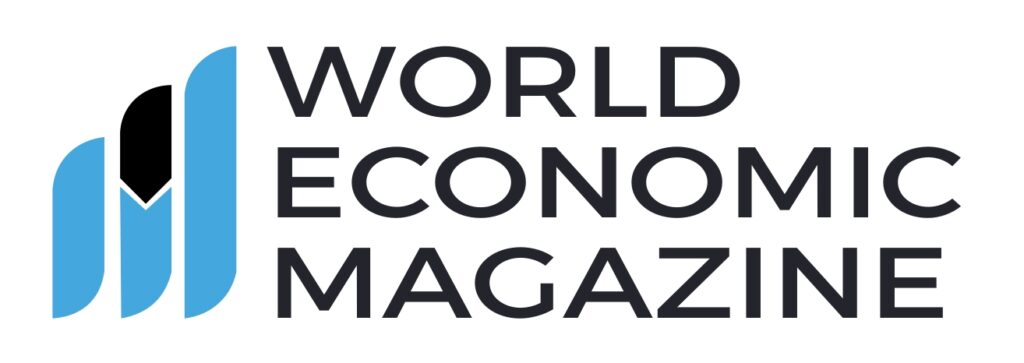
A Turning Point for U.S. Finance: SEC’s Bold Push to Modernize Crypto Regulation
A New Regulatory Era
In early September 2025, the U.S. Securities and Exchange Commission (SEC) rolled out a sweeping rule-making agenda to revamp its approach to cryptocurrency policy and ease compliance burdens on traditional financial players. Under the leadership of Chair Paul Atkins, the SEC is signaling a dramatic pivot from its previous enforcement-heavy posture.
Key Components of the Agenda
1. Digital Asset Rulebooks and Safe Harbors
The SEC plans to clarify how digital assets can be offered and sold, potentially offering exemptions and safe-harbors that reduce regulatory friction for innovative firms.
2. Crypto Trading on National Exchanges
A significant shift: the agency is considering amending rules to permit crypto to be traded on national securities exchanges and alternative trading systems—a major leap toward mainstreaming digital asset markets.
3. Streamlined Disclosure and Reporting
The agenda includes plans to rationalize disclosure requirements, simplifying compliance obligations for public companies, including shareholder proposal processes.
SEC-CFTC Team Up: Coordinated Oversight for Crypto Markets
In early September 2025, the SEC and the Commodity Futures Trading Commission (CFTC) announced a joint initiative, signaling regulators’ intent to coordinate on policy for digital assets. This collaboration includes guidance on leveraged, margined, or financed spot retail commodity crypto transactions—a step toward unified oversight.
Momentum Builds: Earlier Moves Built the Foundation
Back in July, SEC Chair Atkins called this regulatory shift a “generational opportunity.” He directed staff to define when crypto tokens qualify as securities and explore tokenized securities as a new asset class.
In June, the new SEC leadership also formally withdrew 14 unfinished proposals from the previous Biden-era regulatory agenda—some aimed at tightening crypto oversight—demonstrating a marked departure in tone and approach.
Market Reaction: Nasdaq Leads Tokenization Push
Echoing these regulatory moves, Nasdaq submitted a proposal to the SEC seeking approval to allow tokenized securities—digital representations of traditional stocks or ETFs—to trade on its primary platform. If approved, such trades could begin as early as Q3 2026.
Why This Matters
1. Institutional Entry Made Clearer
By offering safe harbors and definitional clarity, the SEC lowers uncertainty for capital-heavy institutions exploring digital asset markets.
2. Regulatory Legitimacy for Crypto Markets
Allowing crypto on national exchanges moves the industry closer to mainstream, improving investor confidence and liquidity.
3. Reduced Compliance Costs
Streamlined disclosure rules can benefit both traditional firms entering crypto and digital-native firms preparing to go public.
4. Coordinated Regulation Ensures Consistency
SEC-CFTC collaboration means more unified oversight, minimizing gaps or conflicting standards that plagued the industry.
In short, the SEC’s agenda may enable a faster, safer fusion between traditional finance and crypto markets.
Economist Insight: Support and Caution Ahead
A compelling perspective comes from Jessica Wachter, former Chief Economist at the SEC’s Division of Economic and Risk Analysis. In April 2025, she signaled that a second Trump administration—and by extension, this shift in the SEC—would likely recalibrate priorities toward capital formation and competition, while scaling back overbroad enforcement. She predicts clearer compliance rules and targeted enforcement focused on fraud, rather than sweeping regulatory actions.
“Reducing overly burdensome regulations could lower costs for issuers, expand investment opportunities, and promote capital formation … loosening disclosure requirements or weakening oversight could reduce transparency and investor protections” — Jessica Wachter, ex-SEC Chief Economist
Final Takeaways
- Regulatory shift: The SEC’s new agenda underscores a definitive pivot toward enabling crypto-traditional finance integration, from safe harbors to exchange trading.
- Policy clarity: Defining digital asset frameworks and reducing disclosure friction offers much-needed stability for innovators and investors alike.
- Institution-ready markets: Nasdaq’s tokenization proposal shows industry response—crypto is moving closer to the mainstream under clearer regulatory signals.
- Economic balance: Experts like Wachter highlight the trade-offs—innovation must be encouraged, but investor protections must not be sacrificed.
This transformational push by the SEC could redefine how digital assets fit into the U.S. financial system—ushering in a new era of regulated crypto innovation.






